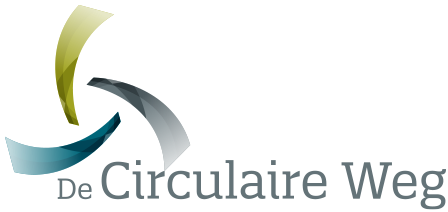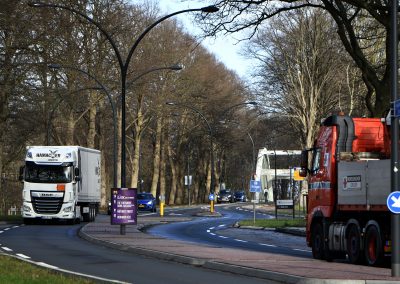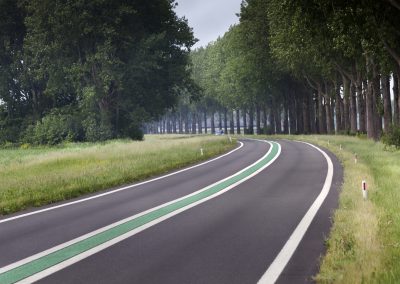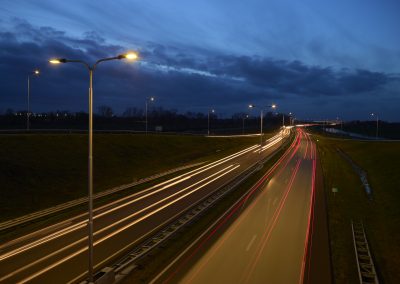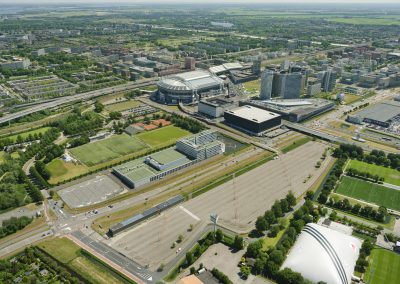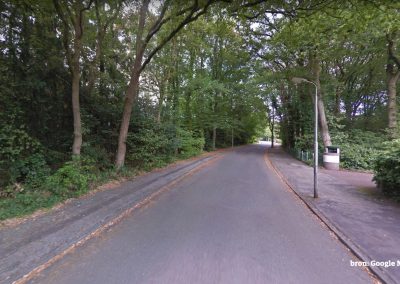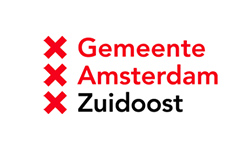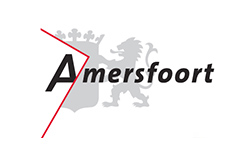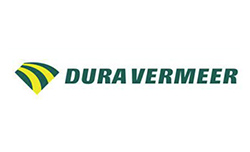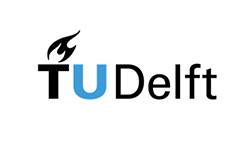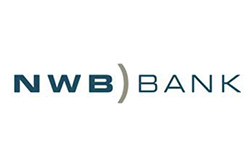What is The Circular road?
The partner programme “The Circular Road” is investigating possibilities of boosting and accelerating circularity in the infrastructure sector. In a truly sustainable infrastructure sector, consumption of raw materials is minimal and materials that have reached the end of their service life are reused to the highest possible degree. In various test projects, the partners are investigating which innovations, technical solutions, processes, forms of co-operation and business models will promote circularity the most. The pilots are primarily intended to gain experience with the infrastructure as a service concept.
Why The Circular Road?
Rapid growth of the global population and increased prosperity are a serious threat to the supply of raw materials. The construction of infrastructure has a major impact on the environment and the use of raw materials, therefore this impact must be minimised. Unfortunately, this change is taking place much more slowly than it should. All too often, promising innovations remain on the shelf. In The Circular Road, we are testing new forms of co-operation that provide ample room for real innovations in technology, methodology, collaboration, contract forms, process management, ownership, financing, business models and data management.
What is infra-as-a-service?
Infra as a service is a promising business model for achieving the envisaged circularity in the infrastructure sector. In an “as a service” contract, the contractor is the economic owner or operator of an infrastructure item for an agreed time. For example, a road section, bridge, viaduct, guardrail or the lighting along a route.
Contractor is responsible
Throughout the duration of the contract, the contractor is responsible for the availability, maintenance and optimal reuse of materials and resources after the end of their service life. The client purchases the availability of the item as a service for a fixed periodic fee.
Important trigger of the business model
In an “as a service” contract, circularity is an important trigger of the business model. As owner/manager, the contractor has a direct interest in using sustainable, high-quality and low-maintenance materials. This way he reduces his maintenance costs and can sell or reuse the materials for the maximum price at the end of their service life. Consequently, he minimises total lifecycle costs, can offer their work more competitively and increase the returns. As a service is therefore a win-win model for the contractor, the client and, above all, society as a whole.
What do we want to achieve?
![]()
The added value of this circular way of thinking and working is huge. The responsibility for circularity lies with the party that has the most influence on preserving the item’s value, and that party has a significant interest in the most circular approach to construction, maintenance and reuse after the end of the lifecycle. In this way, contractors become service providers and materials are no longer consumed, but used.
How do we go about it?
Seven pilot projects are running within the partner programme, which is testing Infra as a service in practice. During the pilots, authorities (provinces and municipalities) are testing the business model in concrete projects together with the builder.
Sharing lessons learned
The partners exchange lessons learned with each other and positive experiences are immediately applied to work processes on other projects, meaning that results are achieved more quickly, lessons are shared across projects and different parties can join in.
Scientific support by TU Delft
The pilots are scientifically supported by TU Delft. The university is researching the social added value of infrastructure as a service and its contribution to circularity. They have also drawn up the framework of learning questions to which the pilots must provide answers. Finally, TUD is responsible for sharing the results of their research and other knowledge gained in the programme and in the infrastructure sector.
During the pilots we are looking for answers to questions such as:
- Which infrastructural assets are suitable for “as a service”, and which are not?
- What can and must be done differently in contracts, organisation and co-operation?
- How do we create the right incentives?
- Which (technical) solutions promote circularity?
- How do we determine the residual value of the assets at the end of the contract?
